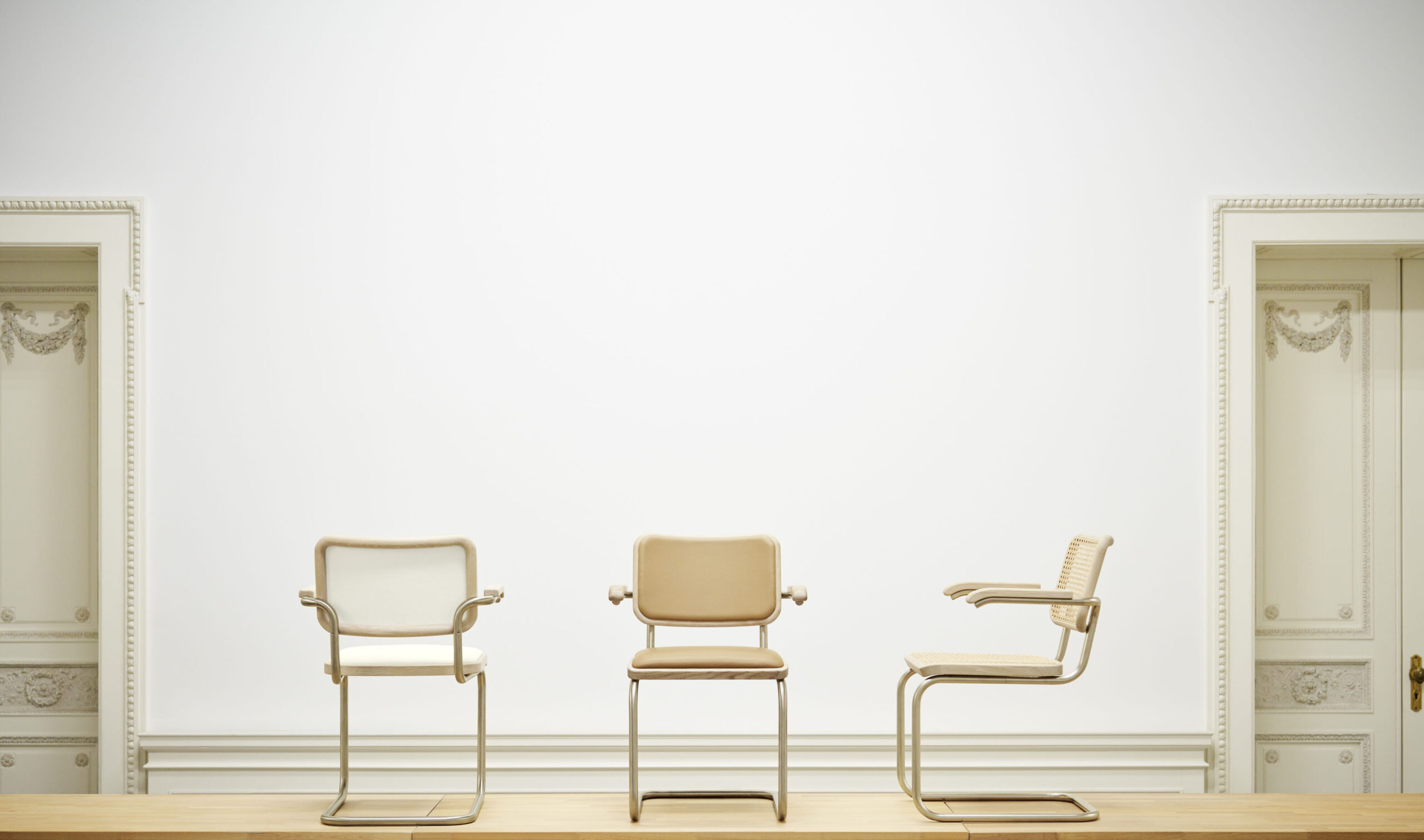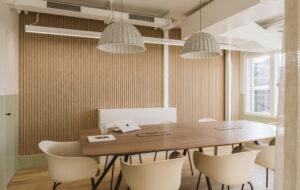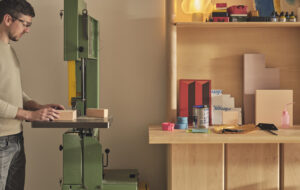 |||
|||
Highgate Junior School has welcomed pupils to the same site in London’s Highgate village since 1938. But, after recognising the need for improved visual appeal and functionality, the school, part of the independent Highgate School, held a design competition in 2012 for its redevelopment.
Architype’s winning design, completed last summer, is based around three core elements that have rejuvenated the school: a strong civic presence and inviting entrance; central connection space; and direct links between the building and its surrounding landscape.
The new school sits assuredly within the site, with a distinct street-facing presence and visual links to the cricket pitch on its west side. Architype created a minimal, contemporary entrance which can be found next to carved lettering by sculptors Fiona & Alec Peever. The school building now extends into the site and incorporates Ingleholme, a 19th century villa, one of the last of its type in Highgate.

The brief gave architects the option to retain or demolish Ingleholme, explains Bob Hayes, founder of Architype, whose team decided to refurbish it, creating “a semi-independent music and drama suite” and connecting the villa to the school buildings with a series of glazed units.
Ingleholme historically formed the corner of Bishopswood Road and Hampstead Lane and was the first of several detached villas fronting the road. The glazed links refer to how a street of such villas would have looked, the pattern and rhythm of which Architype wanted to reflect in the elevational treatment of the new building. Ingleholme’s Victorian brickwork meets the modern finishes of the school building.

The centre of the school is a generous circulation space where each of the elements are linked together. “We saw this space, as well as a circulation hub for both floors, as an opportunity to create a flexible space for a multitude of activities, to include performance, exhibiting art work, group and individual working and, of course, play,” says Hayes.
Two floors are linked together by stairs, ramps, lift and a timber bridge and the space is “permanently animated by the movement of pupils within and to and from the external play areas”.
The hub is incredibly light and airy, filled with natural light: “Being top lit from a continuous rooflight, with double-height curtain walling to the north and south elevations brings light, the landscape and views into the heart of the building,” explains Hayes. “It truly is the beating heart of the school.”

The classrooms are arranged on a west-facing crescent and enjoy generous windows, with open views to the surrounding landscape. Vertical fins constructed using handmade bricks from the building’s original facade prevent any problematic glare.
Shared specialised areas include a fully equipped art studio, science labs and design and technology workshops. External learning spaces are equally important additions – these being “one of the keys to delivering an all-round and healthy education”, according to Hayes.

He explains: “Working with our landscape architect, we developed a plan that created fully accessible outdoor learning spaces for every classroom, a reading terrace by the library, a small amphitheatre outside the music and drama studio, a science terrace next to the science laboratories, and a terrace to the art room. We consciously worked to maximise the play and educational usage of every available outside space.”
Details inspired by nature add a sense of intrigue and enchantment to the school, including colourful marble patterns and further work from Fiona & Alec Peever. Their 17 sculptures and reliefs have a focus on the natural world, endangered species in particular, and include a stone carved chameleon on top of the hub space’s staircase and a bronze cast pangolin (currently the world’s most hunted mammal) hanging from one of the overhead beams.
Natural materials – brick, stone, timber and glass – add tactility, and a famous David Attenborough quote about the joy of nature is carved into the marble of the reception area. “The building was to be an adventure,” says Hayes of these lovely touches, “to be explored through light, art, touch and landscape.”
It’s never an easy task turning an ambitious competition entry into a functional building but Architype met the challenge. The architects achieved a space that is well connected and light, healthy and fun – “a building that the children can learn in and learn from”.
With its airy interiors and animal sculptures, Architype’s new Highgate Junior School encourages its pupils to enjoy learning
























